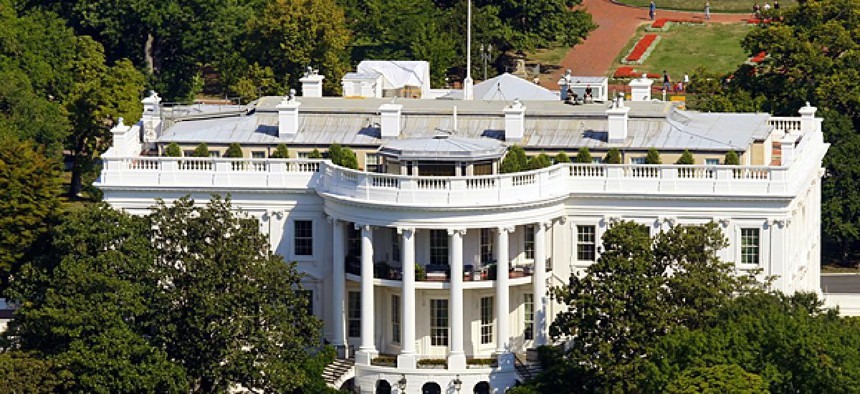Obama-era regulations less plentiful than portrayed, report says
OMB Watch argues Congress required many of the more economically significant rules.
Charges by Republicans and some in business that the Obama administration has unleashed a flurry of regulations during the past three and a half years do not stand up to careful analysis, according to a new study by the nonprofit OMB Watch.
In a report titled “The Regulatory Tsunami That Wasn't,” regulatory analysts Randy Rabinowitz and Matt La Tronica compared cross-administration data from the White House Office Information and Regulatory Affairs and concluded that during the first 42 months of the Clinton administration, OIRA approved 76 percent more rules than the Obama administration and during a comparable period for the first George W. Bush administration approved more than 5 percent more rules.
“There is little difference between the Obama administration and past administrations in their overall level of regulatory activity,” they wrote. “The number of pending regulations leading into this election year is remarkably similar to comparable time periods under past administrations and does not provide any evidence of plans for an avalanche of regulations to come.”
Focusing on regulations estimated to have economic impact greater than $100 million, OMB Watch did find an increase in the number of “significant rules” under Obama -- 55 (or 38 percent) more economically significant rules than during the same period under Bush and 53 (or 36 percent) more than under Clinton. “But that has been driven by the statutory and judicial deadlines the Obama administration faced and by regulatory actions left uncompleted by prior administrations,” the analysts wrote. “While a significant increase, this is hardly a ‘tsunami,’ ” the report said, adding that some of the increase in significant rules can be explained by inflation.
“The overheated rhetoric about the number of regulations finalized under this administration demonstrates a lack of understanding about the rule-making process," said Katherine McFate, the nonpartisan group’s president and chief executive officer.
The National Association of Manufacturers, asked by Government Executive for a response, pointed to a study that Nera Economic Consulting released in August on behalf of the Manufacturers Alliance for Productivity and Innovation. It found that growth in the cost of major regulations since 1998 “has far exceeded manufacturing sector growth and overall economic growth. In that span, the cumulative inflation-adjusted cost of compliance for major manufacturing-related regulations grew by an annualized rate of 7.6 percent,” the study said. “Over this same period, annual growth in the physical volume of manufacturing sector output averaged a mere 0.4 percent while U.S. inflation-adjusted GDP growth averaged 2.2 percent per year.”
The manufacturers report counted 2,183 unique regulations promulgated between 1981 and April 2012, saying major rules could reduce manufacturing output by up to 6 percent during the next decade, particularly in the energy sector.
The agencies imposing “the largest regulatory burden,” the study said, are the Environmental Protection Agency (972 regulations total), followed by the Transportation, Labor and Energy departments.
(Image via Kalim/Shutterstock.com)
NEXT STORY: Agencies flunk libertarian transparency tests




